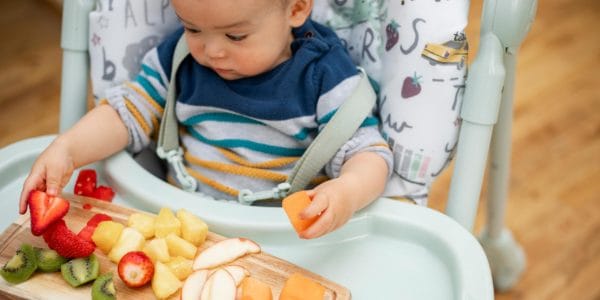
04/05/19
3 min read
One of Sure Start’s original aims was to improve the health of, especially, disadvantaged children. A new IFS study, funded by the Nuffield Foundation, is the first of its kind to follow children who had access to Sure Start right through to the end of primary school.
The IFS find that it did indeed have a big positive effect on children’s health, reducing hospitalisations. That positive effect was concentrated on children living in disadvantaged areas.
The Sure Start programme – now known as Children’s Centres – is a major source of government support for families with young children. First established 20 years ago to serve disadvantaged neighbourhoods, Sure Start was later expanded across England. Providing health, education and childcare services, spending peaked at £1.8 billion a year in 2010 (in current prices) but has been cut by two thirds since then with the closure of more than 500 centres and service cuts affecting many more sites.
The main findings of the research include:
- Sure Start significantly reduced hospitalisations among children by the time they finish primary school.These effects build over time: while we find no significant effect at age 5, by age 11, greater Sure Start coverage (one more centre per thousand children aged 0-4) prevents around 5,500 hospitalisations per year (18% of the pre-Sure Start baseline).
- Sure Start’s benefits are strongest for children living in disadvantaged areas. Indeed we find no effect on the hospitalisations of children living in the richest 30% of neighbourhoods.This means that providing access to Sure Start at the level of the programme’s peak closes about a half of the gap in hospitalisation rates between the 30% poorest and 30% richest areas by the end of primary school.
- At every age in primary school, Sure Start reduced hospital admissions for injuries. At younger ages, injury-related hospitalisations fell by around 17% of their pre-Sure Start (1998) baseline; at ages 10 and 11 they fell by 30%.
- Our results are robust and hold up against a variety of checks. Our findings account for differences between neighbourhoods and nationwide differences across years. As expected we find no impact of placebo treatments or on outcomes which Sure Start can’t influence (like genetic defects). This gives us additional confidence in the findings.
- The direct savings to the NHS from fewer hospitalisations at ages 5-11 amount to about £5 million per cohort, or just 0.4% of average annual spending on Sure Start. Including the longer-run savings from fewer injuries as well, the financial benefits reach around 6% of Sure Start’s budget. However, a full cost-benefit analysis is not possible since we only investigate Sure Start’s impact on health outcomes.
- Between 2011 and 2017, over 500 centres have officially been closed. While closures have been more concentrated in richer areas, about 100 of those closures have been in the poorest 20% of neighbourhoods. There has been a lot of variation between councils. Some local authorities have closed the majority of their centres, while others have chosen to keep centres open but reduce the services on offer through them.
With its newly announced review into Children’s Centres, as well as the upcoming Spending Review, the government has a chance to assess the impacts that Sure Start has had and decide on its vision for the future of the programme. While the review will be national, the government has been clear that it believes that decisions about Sure Start should be taken at the local level. It is crucial that both local authorities and central government consider the effectiveness of Sure Start for different groups when deciding how services should be delivered going forward.
At least when it comes to health outcomes, the research provides strong evidence that the Sure Start model has worked better in poorer neighbourhoods, reducing health inequalities. Unpicking to what extent this is driven by choices these centres make or the characteristics of the families they serve should be a top priority for future research into Sure Start. For now though this does suggest focussing limited resources on poorer neighbourhoods rather than spreading more thinly.
UCL Associate Professor and IFS Research Fellow Gabriella Conti said: “Access to Sure Start has had big benefits for children’s health during primary school. Relative to not having Sure Start, opening one centre for every thousand children prevents 5,500 hospital admissions of 11-year-olds each year. Since the benefits are biggest in the poorest neighbourhoods, access to Sure Start can help close around half the gap in hospitalisations between rich and poor areas.”
IFS Research Economist Christine Farquharson said: “Sure Start has had a turbulent history, with a fast rollout followed by deep spending cuts. But these decisions were not always based on thorough evidence about the programme’s impacts on children and their families. Ahead of the Spending Review and the government’s new review of Children’s Centres, it’s crucial that both central government and local authorities use the best evidence available to decide on their vision for Sure Start as the programme turns 20. Our findings suggest that limited resources are best focussed on the poorest areas.”





















































